
Technical and Engineering
In a rapidly modernising world Engineers are at the forefront of the evolution, designing and constructing ever grander and more complex undertakings to push the boundaries of what’s achievable.

Tomorrow's World
Over the last few decades many of the emerging economies of the world have matured into strong economic nations in their own right. Some have announced their newfound wealth to the global community by constructing towering buildings - to prove themselves in the eyes of the establishment.
These vast endeavours have been equalled by huge investments in infrastructure in order to sustain the burden of their burgeoning populations including extensive road networks - and the vehicles to use them, with car ownership in those countries increasing rapidly.
With these efforts no longer exclusive to the traditionally dominant western nations, the fledgling economic powerhouse have found the means to match and even exceed previous works by harnessing their own resources and advantages.
As a result the humble engineer has been elevated to a vaunted status, with their skills in demand the world over as more and more countries and their businesses vie for engineering expertise. As global populations continue to grow and demand ever more sophisticated technology to satisfy their demands, those new developments continue to change daily life - creating new demands of their own.
Tomorrows world needs building today, and engineers are the ones who are doing it.

Wonders of the Ancients
The word engineer means ‘one who operates an engine’ - but originally referred to a siege engine of war instead of the means to harness and convert energy. Siege engines such as catapults, ballista and trebuchets required an in-depth understanding of maths and physics to construct and operate, and the name came into use around 14th century. Those who possessed such skills were a rarity and highly sought after during conflicts, being necessary for the successful sieging of castles and fortifications.
Yet despite the relatively recent term, the idea of an engineer is vastly older - stretching back millennia beyond even the great civilisations of the ancient world. It is also highly probable the first professional engineers were not those in the employ of armies but those tasked with building great structures and civilian projects – eventually giving rise to the term civil engineer, with the earliest known being Imhotep who oversaw the construction of several pyramids.
The act of applying science to a practical situation has been around since man first conceived the five simple machines; the winch, the pulley, the screw, the wedge, and the lever and fulcrum.
The most famous man of applied science, Archimedes, is credited with a great many feats - but even he only refined and expanded upon the applications of those core inventions. The use of the lever and fulcrum has been traced as far back as 5000bc, predating the Greeks, the Egyptians and the Bronze Age.
Equipped with only those basic engineering implements, the civilisations of old were able to build the seven wonders of the ancient world, a testament to the power of knowledge:
- The Great Pyramid of Giza – the only wonder still standing, it remained the world’s tallest structure for 3,800 years until beaten by Lincoln Cathedral in 1300.
- Temple of Artemis at Ephesus – Said to have been the finest of the wonders, it was rebuilt twice after being destroyed. Elements of it can be found in the British Museum.
- Hanging Gardens of Babylon – The only wonder not confirmed to have existed as its site has never been found.
- Lighthouse of Alexandria – Standing 137m tall, it succumbed to three earthquakes over several centuries. Its remains were rebuilt into the Citadel of Qaitbay in 1477, which still stands today.
- Statue of Zeus at Olympia – Despite standing over twice as tall as the Lincoln Memorial, its size was not the most impressive feature about it - it was built using ivory, gold and precious stones.
- Mausoleum of Halicarnassus – Another of the wonders destroyed by earth quakes, it was built for the Persian governor Mausolus, with his name now synonymous with his tomb.
- Colossus of Rhodes – As tall as the Statue of Liberty, the 33m statue at the mouth of Rhodes’ harbour was also was brought down by an earthquake just 54 years after its completion.

Iron and Steel
Over time as metals became far more commonplace they eventually replaced stone and wood as the primary material of construction. Its strength allowed for ever grander designs, and ever more intricate and ingenious applications of mechanical engineering.
One piece of technology that could not have been developed without the unique properties of metal was the steam engine, which paved the way for the industrial revolution and established modern mechanical engineering.
The Industrial Revolution was one of the most pivotal moments in human history and changed almost every facet of daily life. Technological advances were constantly made throughout the period, with much of it geared towards powered technology – at first running off steam, and then later combustion and electrical engines and motors.
Automation and mass production expanded vastly as a result of the increased availability of powered machines, leading to them replacing many traditionally manual labour roles.
One invention that arose was of course the automobile. Originally envisaged as an alternative to the horse drawn carriage and seen as more of a novelty, it didn’t take long for it to establish itself as a primary sector in manufacturing, and maintains that status to this day.
As material technology advanced, dependable but heavy iron mostly gave way to steel - which in turn made way in some areas for aluminium and even magnesium to be used where weight saving was more important that durability, and the lower melting points weren’t an issue.
Today’s vehicles now employ a much wide range of different metal types in their construction, ranging from ferrous iron and ubiquitous steel, to the rarer palladium used in catalytic converters.
-
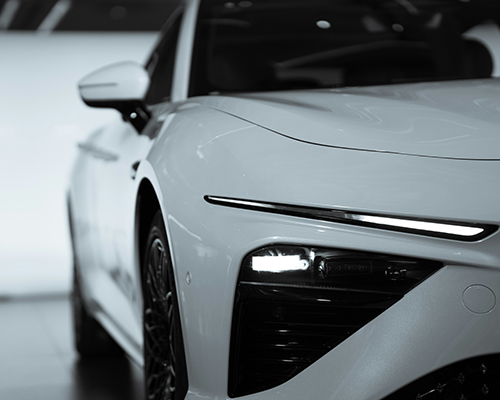
Revealed: The Fastest Electric Cars In The World
12th Sep 2024
Read More -

Coming Soon: A Hydrogen Supercar Weighing Just 620kg
12th Aug 2024
Read More -

What Are Turbo Roundabouts and How Do They Work?
9th Jan 2024
Read More -

What is BMW E Ink?
16th Feb 2023
Read More -

SolarBotanic Trees Enable Growth of Sustainable Charging Points
3rd Jan 2023
Read More -

What Are Backing Plates and Do We Really Need Them?
16th May 2022
Read More -

EV Investment Expands with Ford Electric University
17th Mar 2022
Read More -

Changing How We Speak About Automated Vehicles
21st Feb 2022
Read More -

The Dutch Aqueduct That Allows Cars To Travel Underwater... Sort Of
15th Dec 2021
Read More -

Women In Automotive Continue To Steer Success
22nd Nov 2021
Read More

Innovation and Invention
One the most important roles engineers have is to constantly improve on what has come before. Whether this is refining an existing idea or process to be better, or creating a new idea or process that is superior and replaces the previous one.
What is very often the case is many of these new ideas and process lead to specialisations rather than outright replacements. It can be extremely difficult to for any one invention to be good at everything, and will usually only be better in a few areas resulting in a wide range of similar designs that each excel in their own ways.
One design may be faster, one might be more fuel efficient, one may be cheaper to produce or run - each has its own benefits and disadvantages. This is particularly apparent in automotive design and engineering where there are multiple versions of every principle system used, all created over the last hundred years or so by one manufacturer or another to give them an edge in performance.
For example, the internal combustion engine is just one of a whole range of engine types. The fuel used in internal combustion engines has been narrowed down over time to utilise primarily just two in road vehicles – petrol and diesel - prioritising performance and mileage respectively.
Likewise with transmissions; manual and automatic, and differentials; open, locked, limited slip etc. All of them good in their own way, sometimes if only from a cost perspective.
Parts can be designed to the toughest durability standards and highest performance, but with sheer quantity of materials and work going into producing every vehicle the cost would mean very few people would be able to afford what is produced.
The result would be something of a cross between a Ferrari and a Land Cruiser – an AMG G-Wagen maybe? (Prices start at around £130k in case you were wondering).

Modern Methods
The tools used by modern engineers have changed drastically compared with the history of the profession.
Hammer and chisel has been replaced with computer assisted design (CAD), which has removed a lot of the trial and error associated with prototyping and experimentation - and allowed them to theoretically test pieces before physical prototypes are made.
Hard graft is still very much needed during the construction, manufacturing and installation. While cranes and automated machinery can enable one person to do what would have taken hundreds if not thousands of labourers to accomplish in the past, some tasks still need to be completed by a skilled pair of hands.
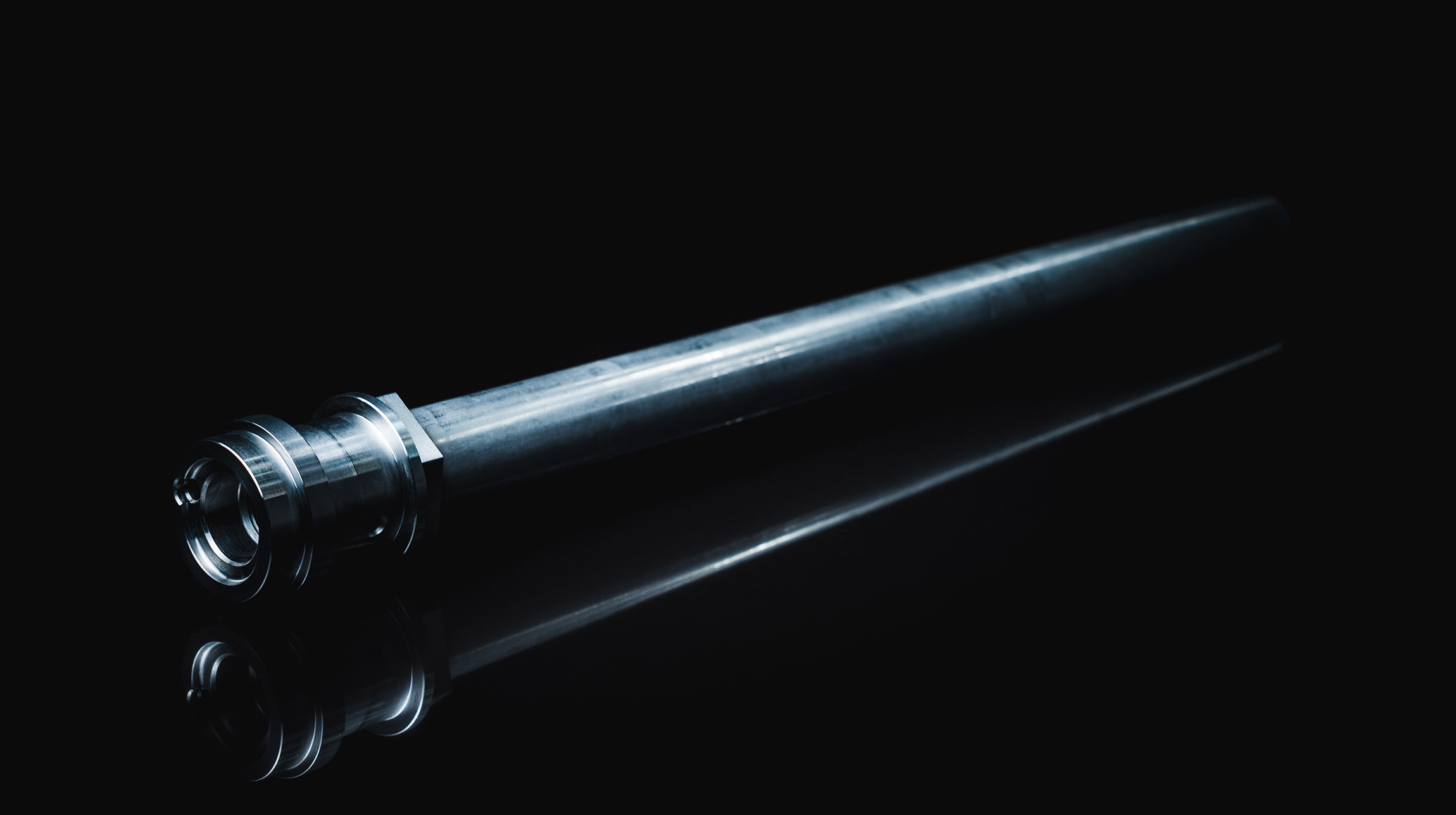
Ever Increasing Complexity
The world we inhabit is growing in complexity at an ever increasing rate, and technology is advancing at such a pace, that each new group of newly qualified engineers will have more knowledge at their disposal than those that came before them. As a result specialisation is very much a necessity as no one individual could ever hope to ever obtain the knowledge the entire profession encompasses.
With an ever greater proportion of production are being geared towards mass production and automation, engineers have found their skills needed in almost every employment sector. These factors combined mean the number of engineering disciplines there are is now vast.
Spilt into four main categories, they have numerous subdisciplines within each as well as subsidiary fields and a whole category of interdisciplinary branches.
Chemical: Biomolecular, Materials, Molecular, Process, Corrosion.
Civil: Environmental, Geotechnical, Structural, Mining, Transport, Water Resources.
Electrical: Electronic, Computer, Power, Optical
Mechanical: Acoustical Manufacturing, Optomechanical, Thermal, Sports, Vehicle, Power Plant, Energy.
Interdisciplinary: Aerospace, Agricultural, Applied, Biomedical Nano/Engineering, Biological, Building Services, Energy, Engineering Management, Railway, Industrial, Mechatronics, Military, Nano Enginerring, Nuclear, Petroleum, Project, Software, Systems, Textile.

Automotive Engineering
Specific automotive engineering is a further branch within the Vehicle Engineering subdiscipline of Mechanical engineering, although there are numerous other disciplines which are relevant to the industry and have transferrable knowledge and expertise.
Automotive engineering disciplines:
- Safety Engineering – Assessing the impact of crash scenarios, and the performance of safety equipment within them. Includes computer simulations and physical crash testing.
- Fuel Economy/Emissions – Measuring pollutant emissions to ensure they stay below limits, and assessing the impact on the fuel economy.
- NVH Engineering – Noise, Vibration, Harshness. Working to eliminate undesirable NVH such as squeaks and rattles, whilst encouraging positive NVH like exhaust tone and engine note.
- Vehicle Electronics – Controls the many systems now electronically monitored and controlled in moderns vehicles, both for vehicle operation and passenger enjoyment.
- Performance – Governing measurable performance indicators like top speed, acceleration, braking distances, grip and control.
- Shift Quality – Controls the experience drivers experience when changing gears in a manual transmission as opposed to an automatic, affecting feel, sound and effect.
- Durability – Testing vehicles for their tolerance to excessive wear and corrosion over time, including responses to different weather conditions.
- Drivability – Carefully monitoring responses to various driving events to identify potential issues. These include stalls, RPM consistency, starts and stops, idling and general performance.
- Cost – Calculating the cost estimates for vehicle programs, including research and development, labour, raw materials, tooling, warranty repairs, marketing and many more.
- Program Timing – Works to achieve adequate production capacity to construct the volume of parts and vehicles needed for given time scales.
- Assembly/Feasibility – Works in partnership with product developers to ensure designs perform to a high standard whilst meeting maintenance and cost limitations.
- Quality Management – Ensures products are compliant with standard requirements governing design, development, production, installation and servicing.
The scope of skills needed by the industry is incredibly broad, and is only going to increase as more and more new types of technologies and materials finds their way into the vehicles they manufacture. Those finishing their qualifications, or those wanting to start learning on the job, will likely find themselves in the favourable position of there being more job vacancies than there are candidates in their field of expertise.

Economies of Scale
As the automotive industry has grown and automobiles have become vastly more complex, the quantity of parts and their diversity has made it increasingly necessary for automobile manufactures to use other companies to manufacture OEM parts for them.
OEM stands for Original Equipment Manufacturer, and is used in a number of ways to designate whether parts made by a company other than the owning company of the vehicle itself were originally fitted during assembly or were aftermarket components. It is entirely possible for the same part to be OEM on one vehicle and aftermarket part on another.
The benefit for them sourcing parts this way is that they receive reduced costs prices for buying in bulk, and avoid the upfront investment costs of having to set up their own manufacturing facilities for the numerous and everchanging range of parts they need for their evolving model line ups.
MAT Foundry Group manufacturers for both OEM and aftermarket clients, specialising in producing components that are engineered to withstand high stress and high wear environments:
Passenger Cars: Brake Discs, Caliper Housings, Caliper Carriers, Differential Cases, Diesel Injection Pump Housings, Cam and Balancing Shafts, Lanchester Housing Assemblies.
Commercial Vehicles: Backing Plates, Caliper Carriers and Bridges, Wheel Flanges, Axle Stubs.
Industrial Applications: Hydraulic Housings.
Typically cast in iron because it is strong, durable and dependable, the finished parts need every bit of that strength to stand up to the punishment they are subject to while still performing over time.
The vast majority of output then goes on to machining, before going through a finishing process and inspection to ensure a high standard and garnering a reputation for quality and reliability.
MAT Foundry Group has recently expanded to now comprise of 7 foundries and 11 machining facilities around the globe, supplying products to three key markets: Passenger Car, Commercial Vehicle, and Industrial Applications. Over 30m vehicles manufactured every year contain a part produced by MAT Foundry Group.
MAT FOUNDRY GROUP ARE A LEADING MANUFACTURER OF GREY AND DUCTILE IRON CAR COMPONENTS. TO LEARN MORE ABOUT US VIEW OUR PRODUCTS OR CONTACT US TODAY

News and blogs
-

Glorious Goodwood: The Need for Speed
1st Aug 2025
Read More -
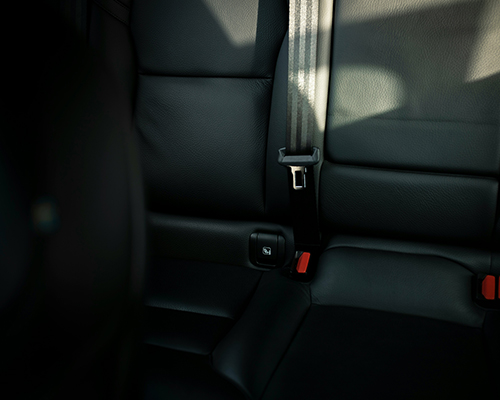
How A New Seat Belt is Set to Improve Accident Survival
10th Jul 2025
Read More -

Is The AirCar the Future of Mobility?
30th May 2025
Read More -

Top 12 Strangest Driving Laws From Around The World
25th Apr 2025
Read More -

Over The Air Software Updates: What Are They and Do They Really Increase The Value of Your Car?
12th Mar 2025
Read More -

Ferrari's First Fully Electric Car: What We Know So Far
19th Feb 2025
Read More -
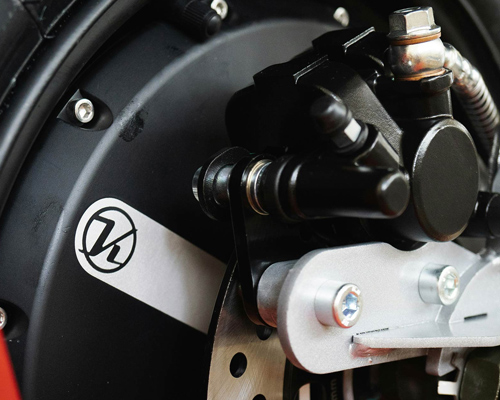
The Future of Brake Calipers: Innovations and Trends
27th Jan 2025
Read More -
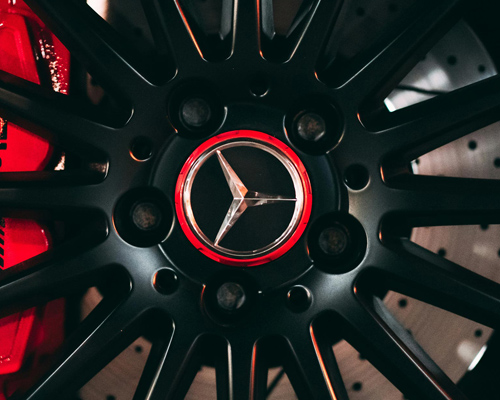
How Often Should You Replace Your Brake Calipers?
27th Jan 2025
Read More -
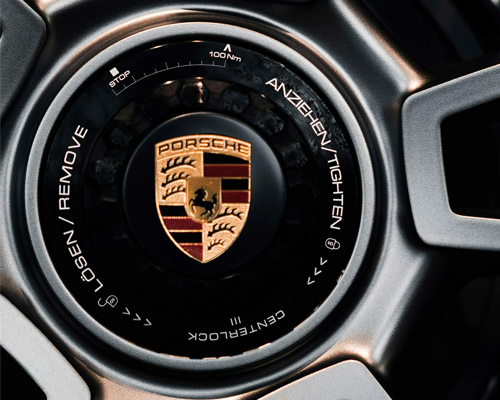
How to Choose Brake Calipers for High-Performance Vehicles
27th Jan 2025
Read More -

Best Brake Calipers for SUVs and Trucks
27th Jan 2025
Read More




